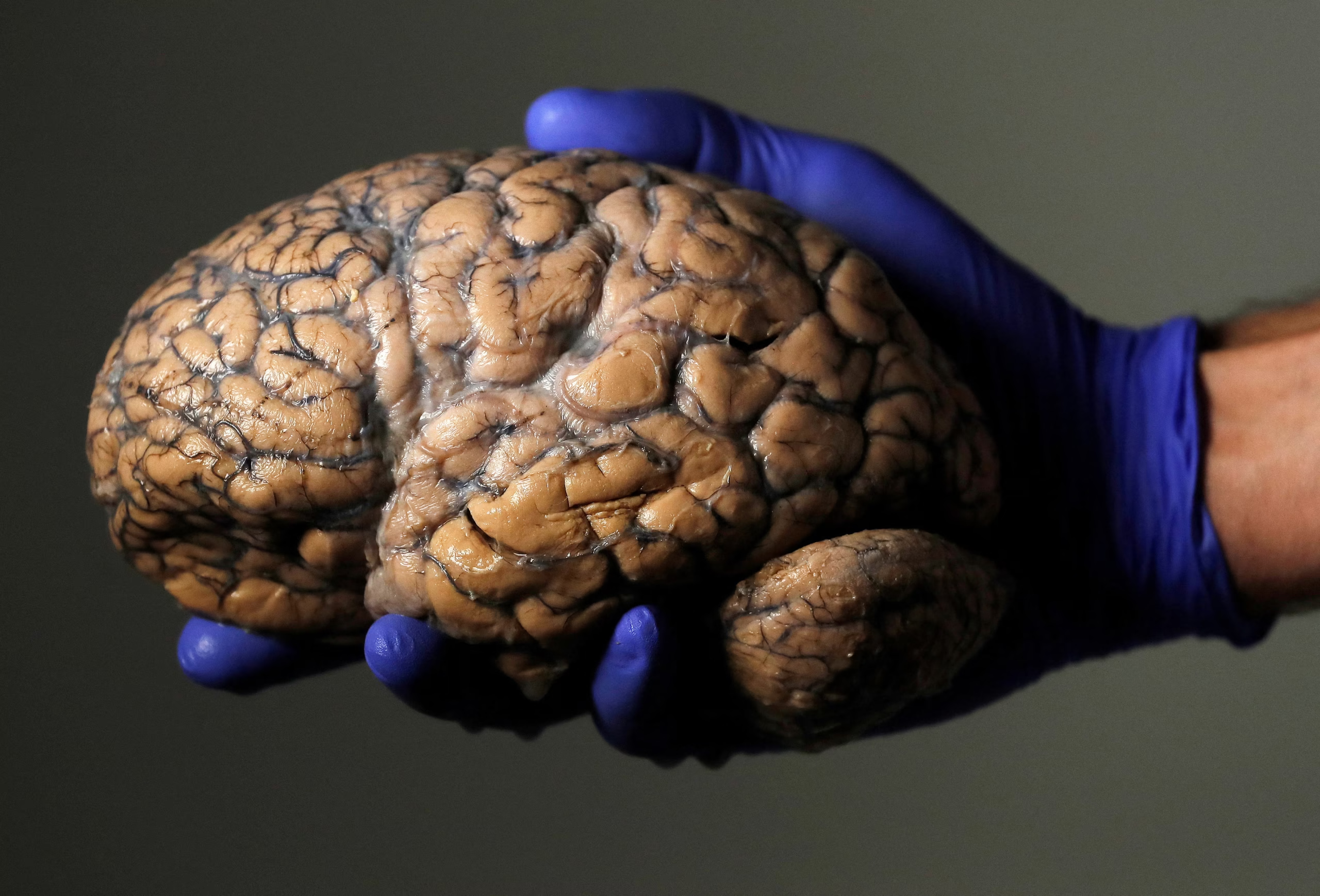Context
A new study by researchers in Germany, found that ordinary WiFi signals can identify and track individuals based on how their body movement disturbs wireless fields, even without network passwords, raising serious concerns about privacy, digital surveillance, and misuse of everyday technologies.
What is Beamforming?
- Beamforming is a technology used in modern WiFi (5G/6G / WiFi 6 routers) that focuses WiFi signals directly towards connected devices instead of spreading them in all directions.
- This makes WiFi faster and stronger for the user.
- To make beamforming work, devices such as phones and laptops regularly send feedback to the WiFi router to tell it how well they are receiving signals.
- This feedback is called Beamforming Feedback Information (BFI).
What is BFI (Beamforming Feedback Information)?
- BFI is a small report automatically sent by your device to the router.
- It tells the router how the WiFi signal is behaving and how to improve it.
- BFI is unencrypted, so any device nearby can capture it, even without the WiFi password.
- Because BFI changes when a human body moves through the WiFi field, analysing these patterns can reveal who the person is.
What is CSI (Channel State Information)?
- CSI is detailed technical information about how WiFi signals travel in a room.
- It contains very precise data about signal path distortions, reflections, and timing.
- CSI has been used earlier for research to identify people, but:
- it needs special hardware
- requires deep system access
- is difficult for real-life attackers to obtain
What Was the Study Trying to Find?
Researchers wanted to check if BFI alone, without CSI and without hacking, is powerful enough to recognise people based on how they walk (their gait).
How the Study Was Conducted?
- Scientists set up two WiFi access points and four listening devices in a room.
- They asked 197 volunteers to walk under different conditions:
- normal walking
- fast walking
- walking through a turnstile
- carrying a backpack or a crate
- They recorded how WiFi signals changed as bodies moved through the space in the room.
- They used a Neural Network model (a type of Artificial Intelligence program that learns patterns from raw data) to analyse BFI and CSI.
Key Findings
- BFI alone could identify more than 160 people with 99.5% accuracy.
- It could still recognise them even when:
- they changed walking style or speed
- carried objects
- used different movement paths
- CSI was less accurate than BFI, though previously CSI was believed to be the stronger tool.
- No WiFi password or hacking was needed – only a device recording signals nearby.
Why Does This Matter?
- This means ordinary WiFi routers can silently track people, just like CCTV – but invisibly and without consent.
- WiFi-based tracking creates an “inverse panopticon”, meaning:
- People feel they are not being watched, but actually they are being silently monitored.
- Once identity is matched to movement patterns, long-term tracking and profiling becomes possible.
Real-World Risks
- WiFi-based tracking can be used to:
- monitor people inside homes, offices, hotels, airports, malls
- identify individuals in protests or political events
- track patients or employees without consent
- build movement logs linked to identity
Implications
- This discovery will trigger serious debate on privacy, ethics, cyber security, and digital laws.
- It shows that surveillance can now happen without cameras, hacking, or passwords.
Challenges and Way Forward
| Challenges | Way Forward |
| Invisible surveillance risk: WiFi-based tracking can identify people silently without cameras or consent. | Create a legal framework for radio-signal privacy and include WiFi-based tracking explicitly under data protection laws and cyber regulations. |
| Unencrypted BFI signals allow easy misuse. | Mandate encryption standards for BFI and similar signals in global WiFi specifications and routers sold in the market. |
| AI-based profiling can track behaviour over time. | Develop ethical AI guidelines and safety certification protocols for machine learning models using sensor-based human identification. |
| Low public awareness: People ignore WiFi access points. | Increase public awareness on invisible digital tracking and require clear disclosure / consent notices for WiFi-based sensing systems. |
| Weak technological safeguards against signal tracking. | Invest in research to develop anti-surveillance tools, anomaly detection software, and privacy-preserving communication standards. |
| Regulatory gap: Not covered under existing cyber laws. | Update cyber laws and telecom standards globally, including IT security audits for routers installed in public institutions. |
Conclusion
The study shows that WiFi signals can quietly monitor people with high accuracy, even without network access. This shifts the global debate on surveillance, from cameras and digital footprints to invisible wireless tracking. Strong legal safeguards, encryption standards, and public awareness are essential to protect privacy in the era of smart connectivity.
| Ensure IAS Mains Question Q. WiFi-based motion sensing and AI-driven surveillance pose new privacy challenges. Discuss the ethical, legal, and security implications and suggest regulatory safeguards. (250 words) |
| Ensure IAS Prelims Question Q. Consider the following statements regarding WiFi-based tracking: 1. Beamforming Feedback Information (BFI) can be collected without knowing the WiFi password. 2. Channel State Information (CSI) is easier to capture than BFI. 3. WiFi signals can identify individuals based on movement patterns. Which of the statements given above are correct? a) 1 and 2 only b) 1 and 3 only c) 2 and 3 only d) 1, 2 and 3 Answer: b) 1 and 3 only Explanation Statement 1 is correct: BFI data is broadcast automatically by devices for improving WiFi connectivity, and since it is unencrypted, it can be captured by any nearby device without authentication or password access. Statement 2 is incorrect: CSI requires specialised hardware and customised firmware to access detailed signal information, making it technically difficult to obtain, unlike BFI which is easily available on normal commercial WiFi devices. Statement 3 is correct: Human movement changes the WiFi signal pattern in a room, and AI models can analyse these distortions to accurately identify people based on their unique gait or motion signatures. |
Also Read | |
| UPSC Foundation Course | UPSC Daily Current Affairs |
| UPSC Monthly Magazine | CSAT Foundation Course |
| Free MCQs for UPSC Prelims | UPSC Test Series |
| Best IAS Coaching in Delhi | Our Booklist |




